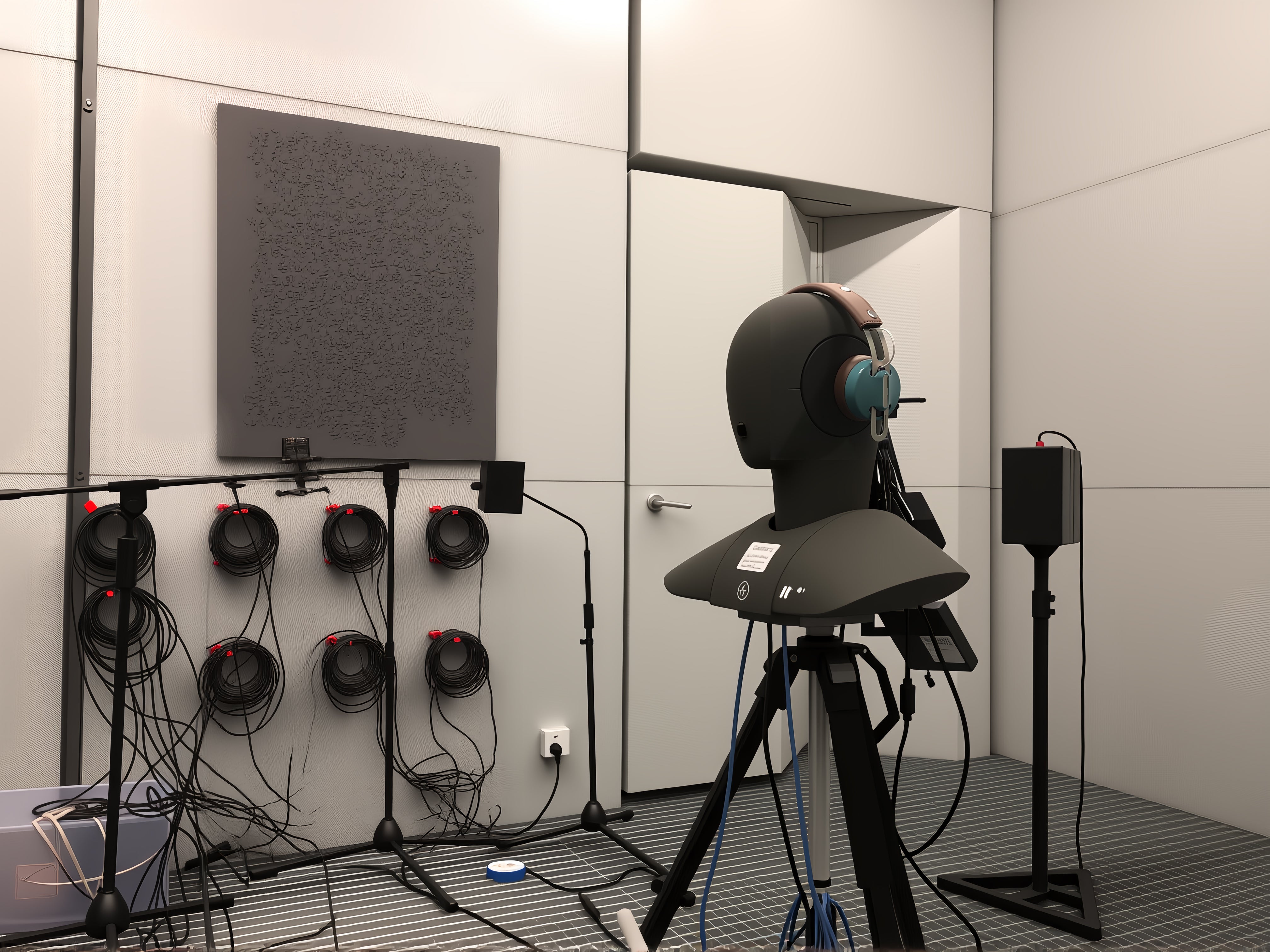In today's highly homogenized headphone market, Rainbow headphones, with acoustic engineering as their core , emphasize personalized aesthetics while delivering an immersive listening experience with professional-grade sound quality. Their core audio performance is the result of comprehensive optimization efforts, from acoustic structure and hardware selection to audio tuning and algorithm processing, to create a high-fidelity, directional 3D soundstage system .
 Precision Structural Design: Building a House for Sound
Precision Structural Design: Building a House for Sound
The Rainbow headphones utilize a sealed cavity design , incorporating multiple sound-absorbing materials and anti-standing-wave geometry to effectively suppress unwanted resonances and standing waves, preserving the inherent linearity and detail of the sound. The earmuffs feature a switchable full-ear/half-ear configuration , providing flexible adaptation for different scenarios while achieving an excellent balance between airtightness and a sense of spaciousness.
Core acoustic hardware: Qualcomm QCC chip + high-resolution dynamic unit
The foundation of sound quality lies in its hardware. Rainbow utilizes the Qualcomm QCC 3008 chipset , supporting aptX/AAC high-definition decoding . This minimizes audio compression during wireless transmission, preventing high-frequency loss and noise floor contamination. Furthermore, its built-in high-flux NdFeB driver delivers a wide frequency response up to 20Hz, surpassing the resolution of most consumer-grade headphones. Low frequencies are rich and clear, mid-range vocals are naturally full, and high frequencies are transparent, extended, and layered.
Self-developed 3D sound field engine: the key to "spatialization" of sound
Unlike traditional two-dimensional sound and imaging, Rainbow utilizes its proprietary 3D Soundfield Engine™ technology, employing HRTF (Head Transfer Function) models and real-time localization algorithms to spatially reconstruct sound source information, presenting a six-dimensional sound field: front, back, left, right, up, and down. Whether listening to music, watching movies, or detecting enemy footsteps in games, users experience a more immersive and intuitive experience.
Manual tuning + international acoustic team support
Rainbow's sound tuning isn't simply a matter of numerical specifications; it's the result of a collaborative effort between seasoned acoustic engineers and music producers from Europe, the US, and Taiwan. By incorporating real-world listening experiences from concert halls, recording studios, and live stages, the result is a sound that's closer to the creator's original intent.
Summary: Headphones are not just for "hearing", but also for "hearing clearly, listening deeply, and understanding"
Rainbow headphones don't simply emphasize balanced frequency response or fast transient response. Instead, they employ a comprehensive acoustic design logic to elevate sound quality to a tangible, three-dimensional, and emotionally driven dimension. They allow users to not only hear the music but also experience the presence of space, structure, and warmth .





Share:
3D stereo sound: building an acoustic theater for spatial perception
Discover the DIY magic of Rainbow headphones